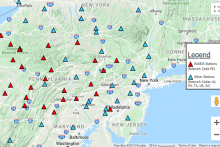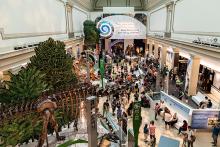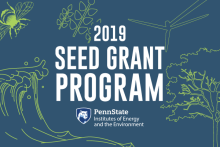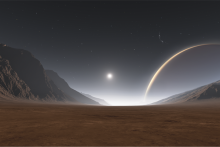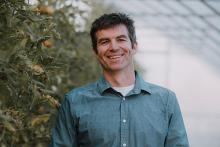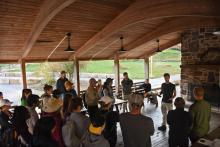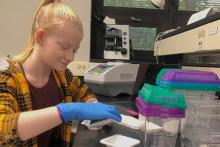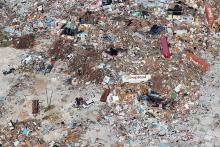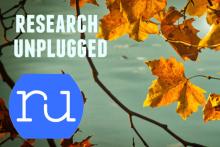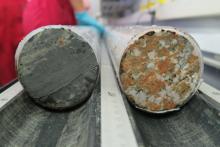When a seismic event occurs in the commonwealth, the Pennsylvania State Seismic Network (PASEIS) is the first to know.
When Erin DiMaggio was an undergraduate student, she had a summer internship with the Smithsonian National Museum of Natural History. Little did the 19-year-old know then that one day she would help develop a permanent exhibit for the museum.
The Institutes of Energy and the Environment (IEE) announced the availability of seed grant funds intended to foster basic and applied interdisciplinary energy and environmental research.
The habitable zone is a region within a solar system—a distance not too close and not too far from a sun—where a planet would have the conditions necessary to have liquid water on its surface, an important requirement for the existence of carbon-based life as we know it.
Alex McKiernan will give the College of Earth and Mineral Sciences’ 2019 Lattman Visiting Scholar of Science and Society Lecture on Wednesday, Oct. 23, in 22 Deike Building.
Carrying a water bottle and a pH meter, Kelly Asselin climbed over a guardrail and headed downslope through burr bushes and high brush to the stream running under the roadway. With these simple tools, the Penn State student is helping scientists develop a clearer picture of water quality in the local watershed.
The NASA Pennsylvania Space Grant Consortium (PSGC) is currently accepting applications to its undergraduate research internship programs.
While the economic cost of natural disasters has not increased much on average, averages can be deceptive.
Research Unplugged, the popular series of stimulating conversations with Penn State researchers, returns to Schlow Centre Region Library in October.


